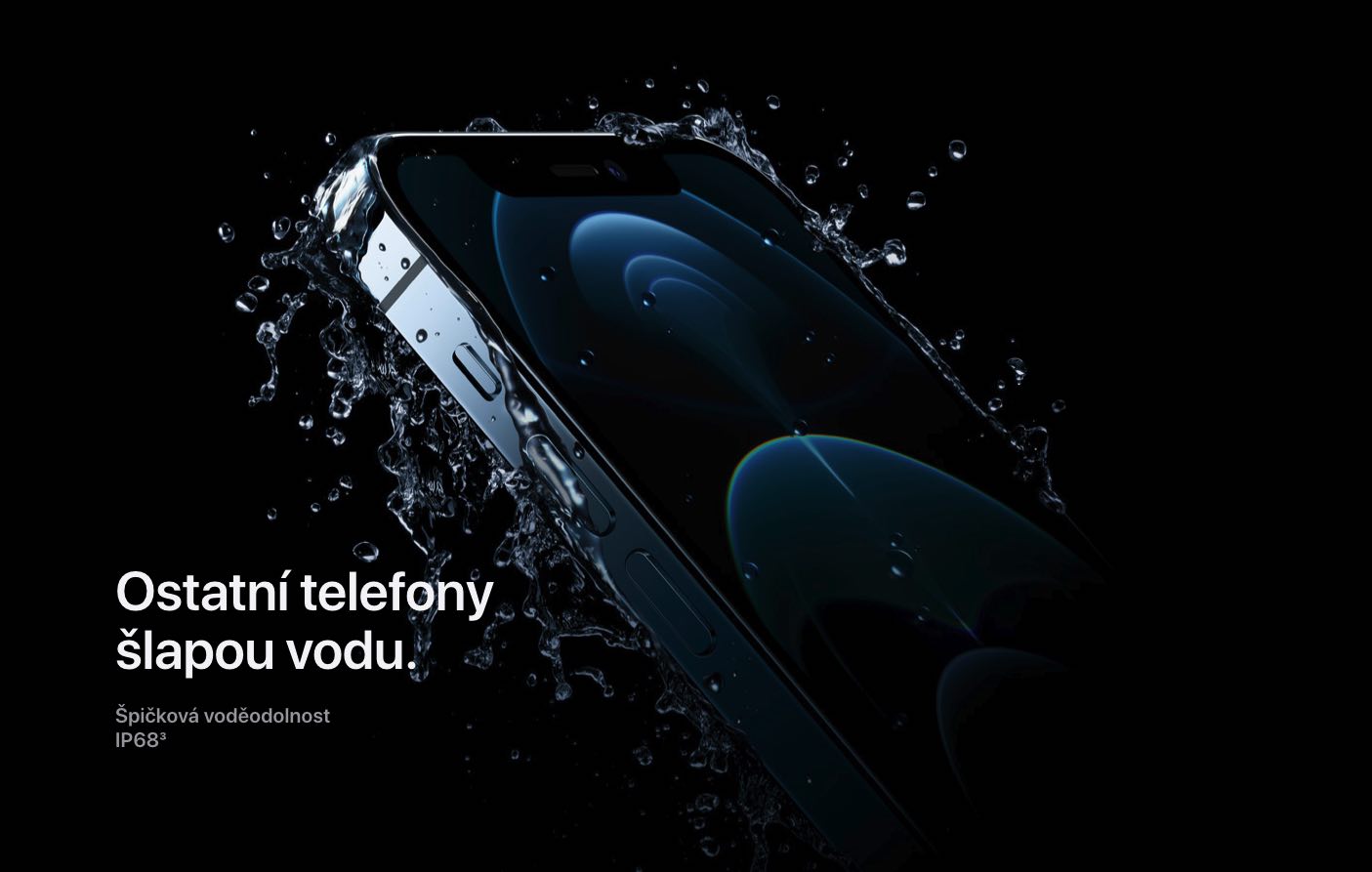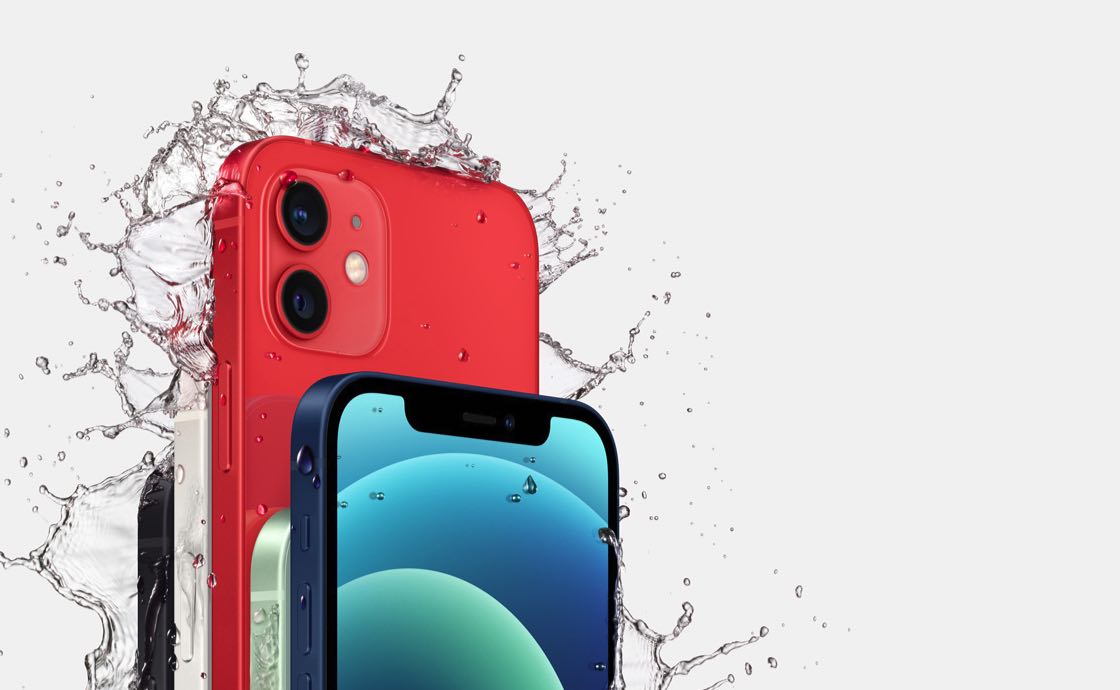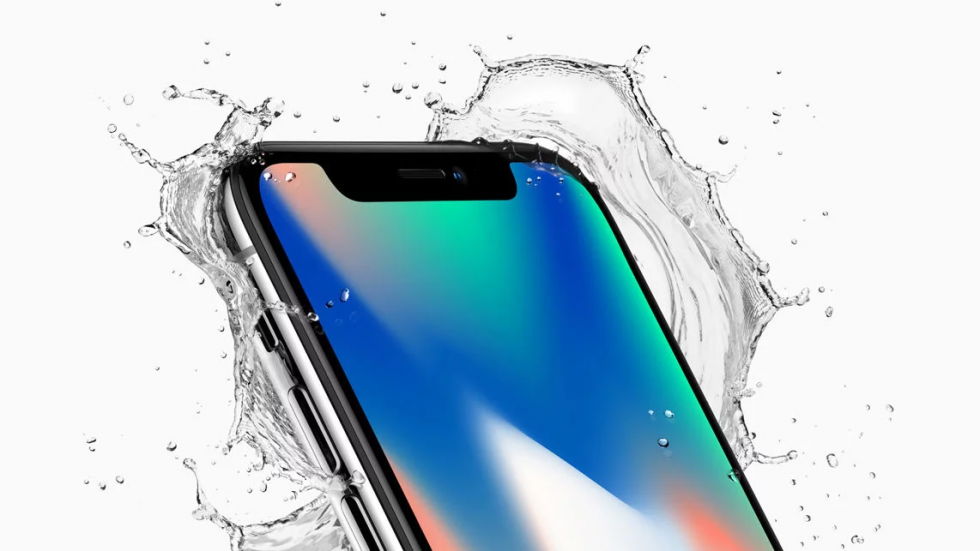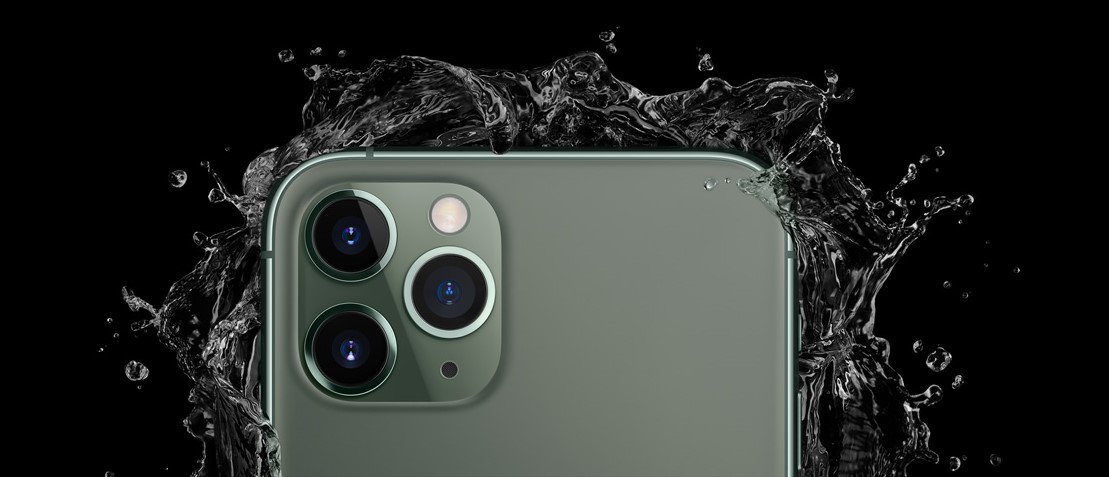The water resistance of the iPhone should be of interest to every individual who owns an Apple phone. If the situation allows it and you are going on a summer vacation to the sea, it might be useful for you to know the information about the water resistance of the iPhone. This differs depending on which model you are using. In this article, among other things, we will also look at what to do if your iPhone accidentally gets wet. The word "accidentally" is not included in the previous sentence by chance - you should not expose your iPhone to water on purpose. That's because Apple says that the resistance to spills, water and dust is not permanent and may decrease over time due to normal wear and tear. Additionally, liquid damage is not covered under warranty.
It could be interest you
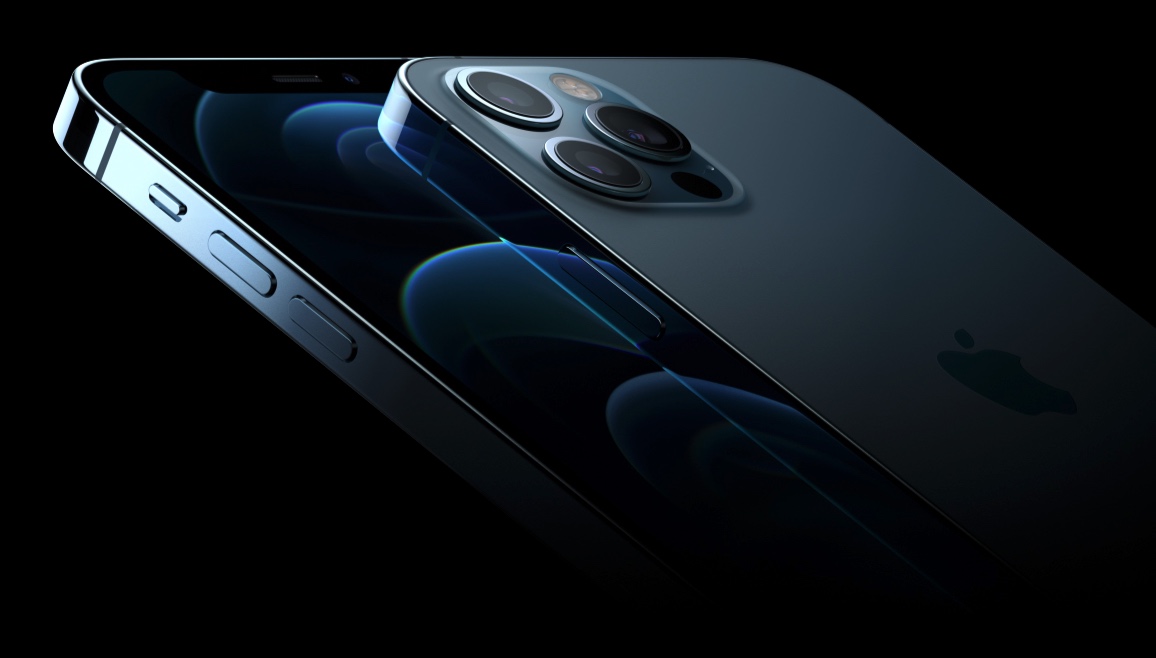
Water resistance of iPhone phones and their rating
iPhones from version 7/7 Plus are resistant to splashes, water and dust (in the case of the SE model, this is only its 2nd generation). These phones have been tested under strict laboratory conditions. Of course, these may not correspond to real use, so it is necessary to take this into account. See below for water resistance information:
- iPhone 12, 12 mini, 12 Pro and 12 Pro Max they have an IP68 waterproof rating according to the IEC 60529 standard, and Apple says they can handle a maximum depth of 6m for 30 minutes
- iPhone 11 Pro and 11 Pro Max they have an IP68 waterproof rating according to the IEC 60529 standard, and Apple says they can handle a maximum depth of 4m for 30 minutes
- iPhone 11, iPhone XS and XS Max they have an IP68 waterproof rating according to IEC 60529, the maximum depth here is 2m for 30 minutes
- iPhone SE (2nd generation), iPhone XR, iPhone X, iPhone 8, iPhone 8 Plus, iPhone 7 and iPhone 7 Plus they have a waterproof rating of IP67 according to IEC 60529 and the maximum depth here is up to 1 meter for 30 minutes
- iPhone XS, XS Max, iPhone XR, iPhone SE (2nd generation) and later iPhone models are resistant to accidental spills from common liquids such as sodas, beer, coffee, tea or juices. When you spill them, they just need to rinse the affected area with tap water and then wipe and dry the device - ideally with a soft, lint-free cloth (for example, for cleaning lenses and optics in general).
To prevent liquid damage to your iPhone, avoid situations such as:
- Deliberately immersing the iPhone in water (even to take a photo)
- Swimming or bathing with iPhone and using it in a sauna or steam room (and working with the phone in extreme humidity)
- Exposing the iPhone to pressurized water or another strong stream of water (typically during water sports, but also normal showering)
However, the iPhone's water resistance is also affected by dropping the iPhone, its various impacts and, of course, disassembly, including unscrewing the screws. Therefore, beware of any iPhone service. Do not expose it to various cleaning products such as soap (this also includes perfumes, insect repellents, creams, sunscreens, oils, etc.) or acidic foods.
The iPhone has an oleophobic coating that repels fingerprints and grease. Cleaning agents and abrasive materials reduce the effectiveness of this layer and can scratch the iPhone. You can only use soap in combination with lukewarm water, and that on such trapped material that cannot be removed, and even then only on iPhone 11 and newer. In the time of the coronavirus, it is also useful to know that you can gently wipe the external surfaces of the iPhone with a moistened tissue with a 70% isopropyl alcohol content or disinfectant wipes. Do not use bleaching agents. Be careful not to get moisture into the openings and do not immerse the iPhone in any cleaning agents.
It could be interest you
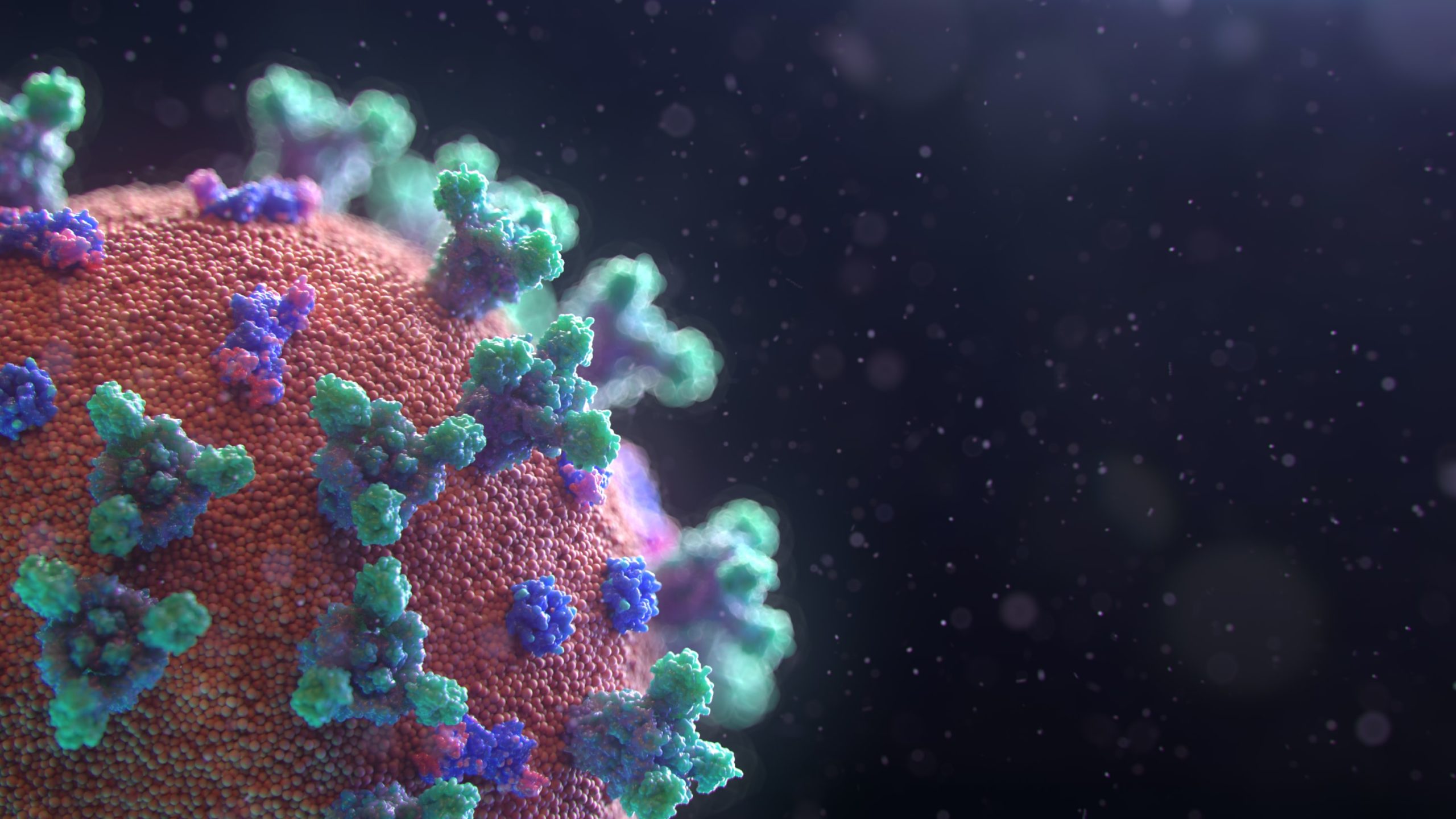
You can still save a temporarily drowned iPhone
When your iPhone gets wet, just rinse it under the tap, wipe it dry with a cloth before opening the SIM card tray. To dry iPhone completely, hold it with the Lightning connector facing down and gently tap it in the palm of your hand to remove excess liquid. After that, just put the phone in a dry place where the air flows. Definitely forget about the external heat source, cotton buds and paper tissues put into the Lightning connector, as well as grandmother's advice in the form of storing the device in a bowl of rice, from which only dust gets into the phone. Do not use compressed air either.
Charging yes, but wirelessly
If you charge the iPhone through the Lightning connector while there is still moisture in it, you can damage not only the accessories but also the phone itself. Wait at least 5 hours before connecting any accessories to the Lightning connector. For wireless charging, just wipe the phone so that it is not wet and place it on the charger.
It could be interest you
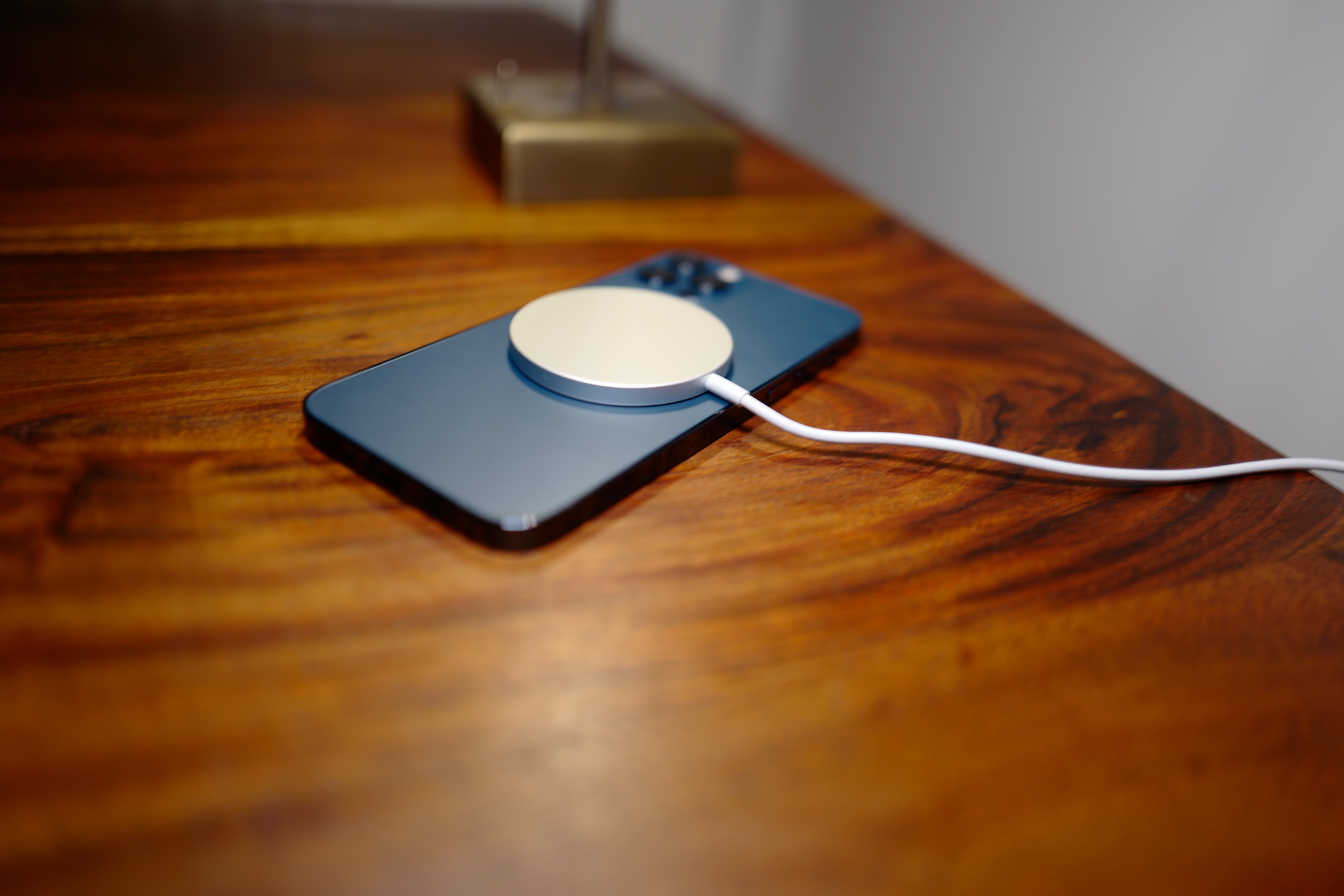
 Adam Kos
Adam Kos 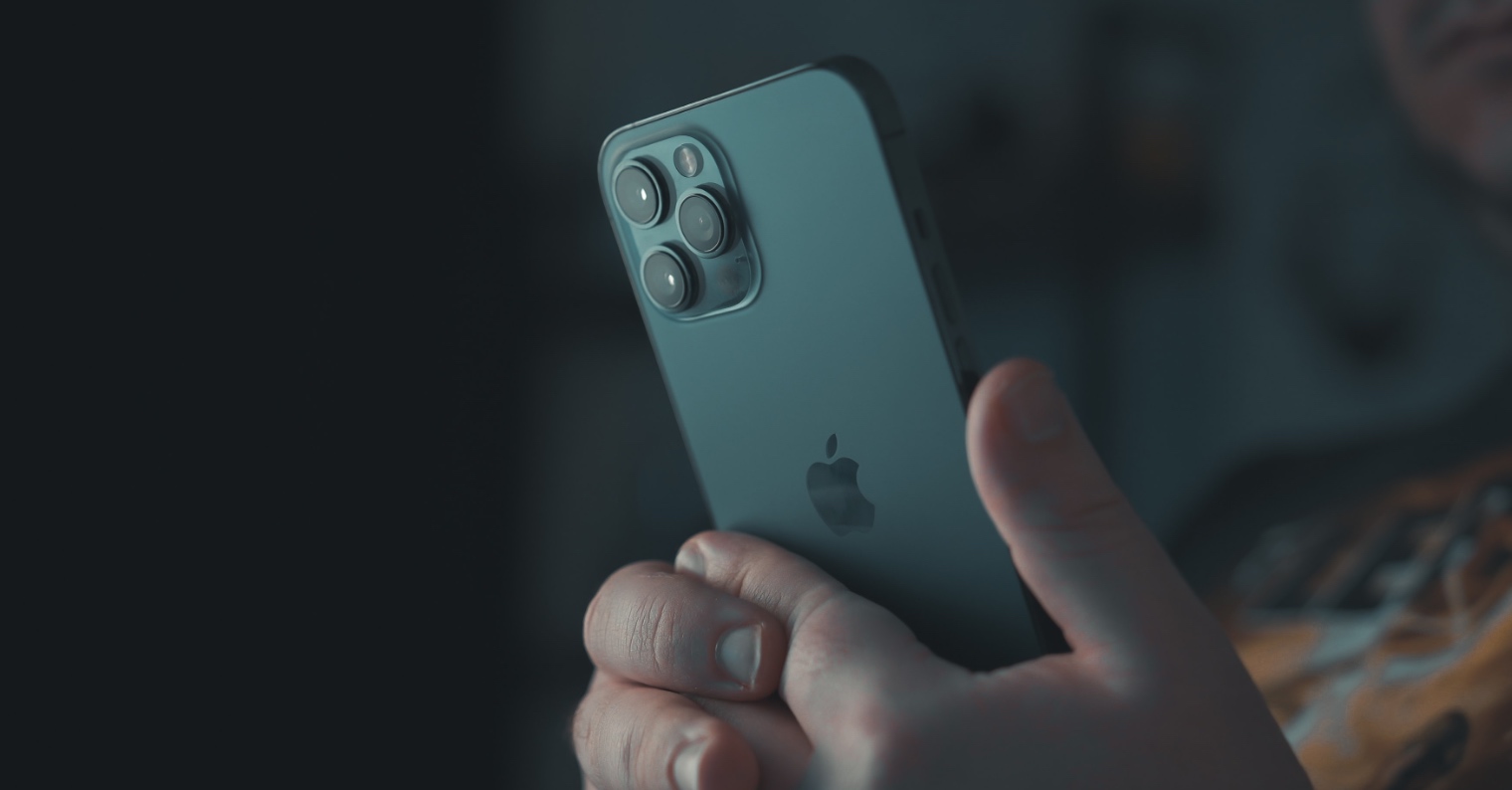
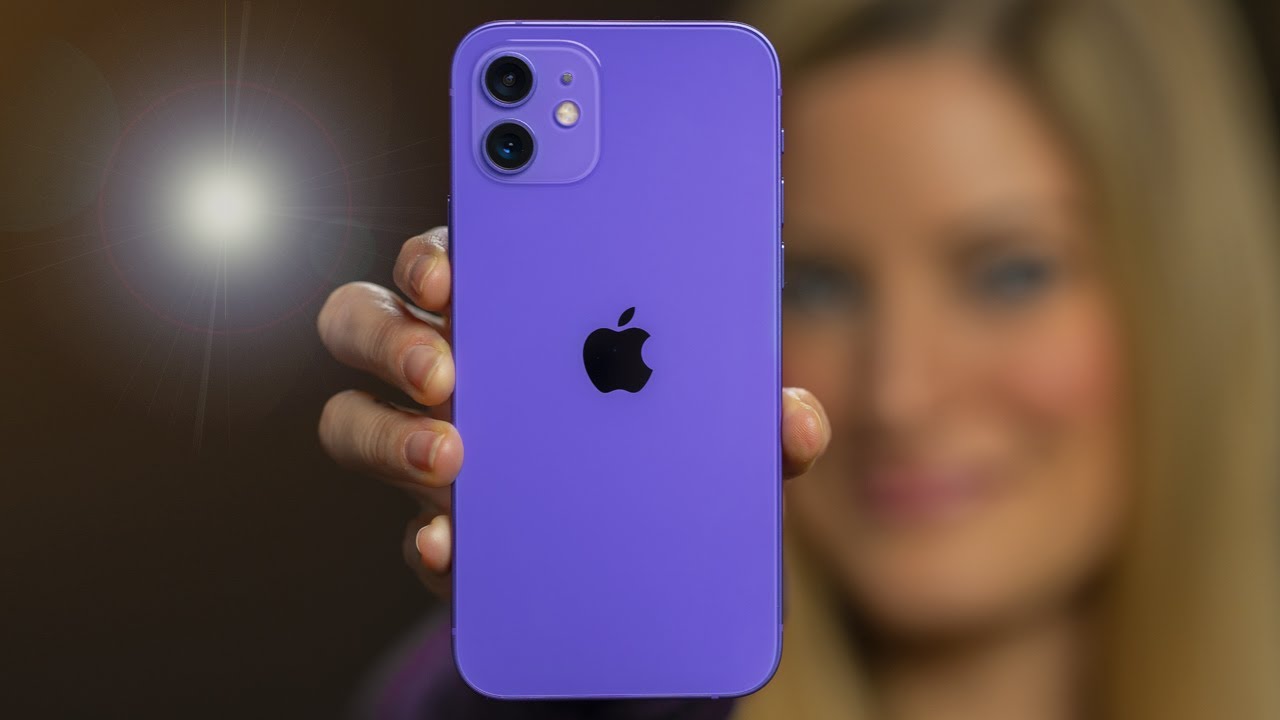
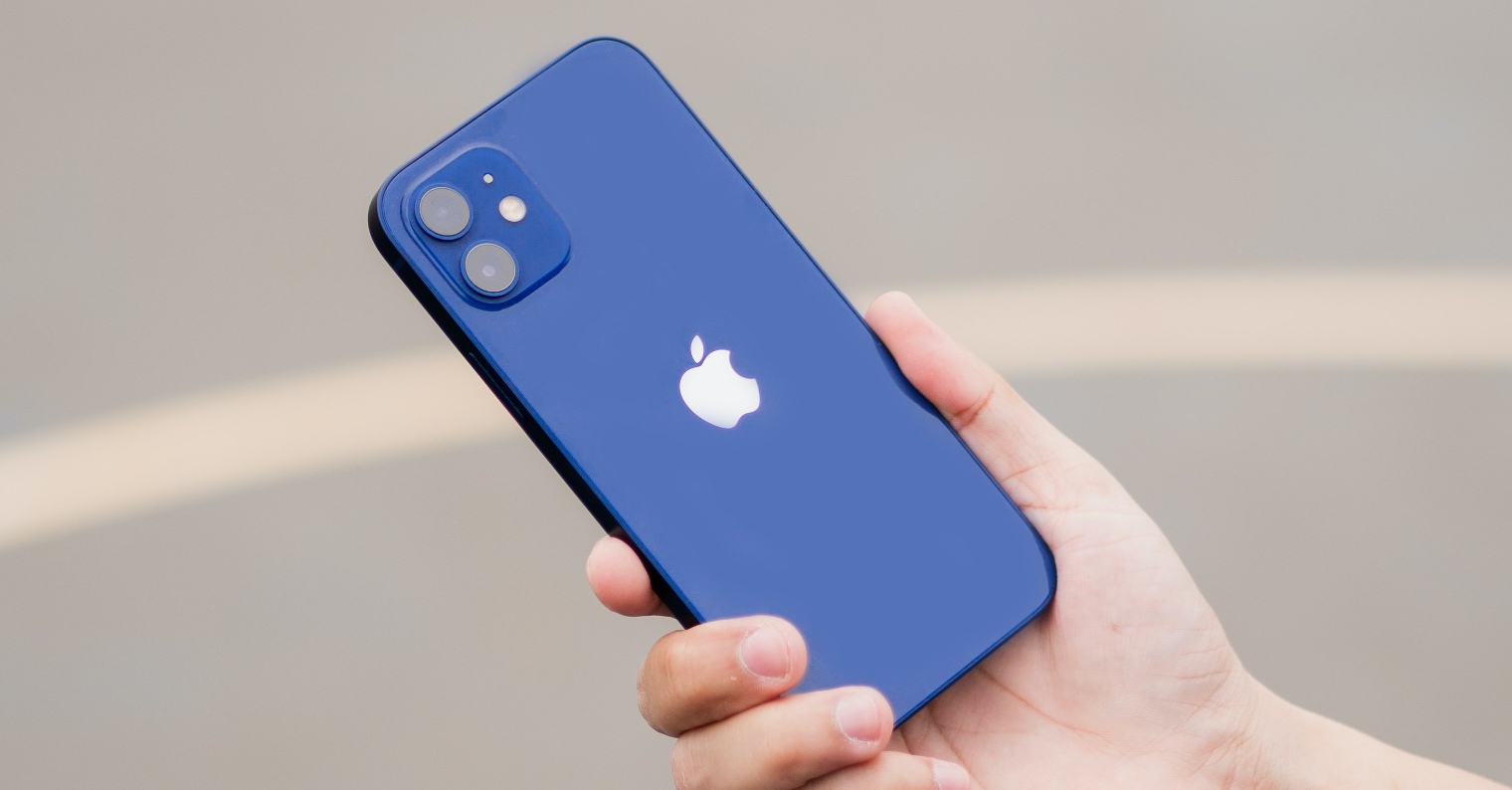


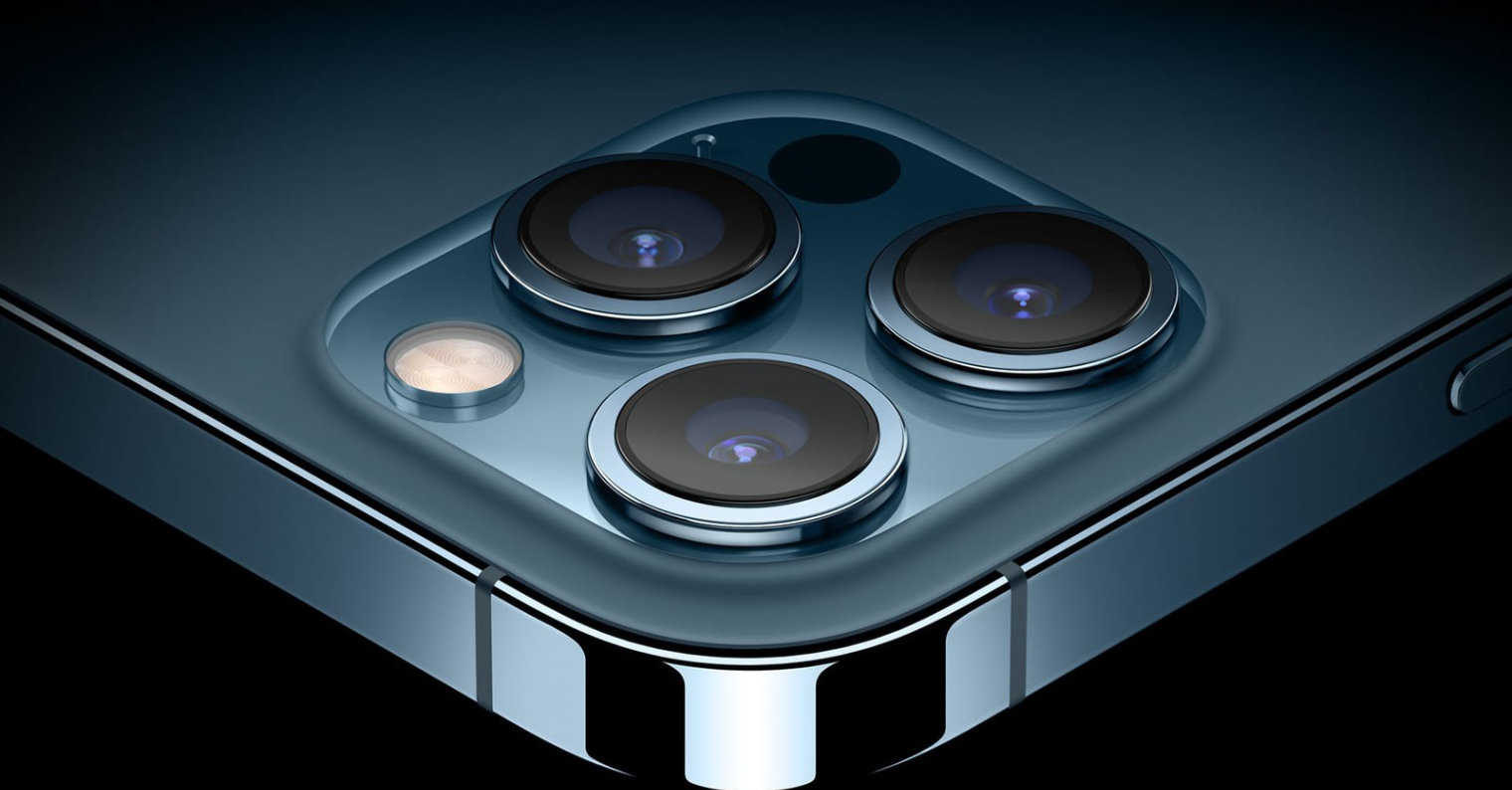
 Flying around the world with Apple
Flying around the world with Apple 